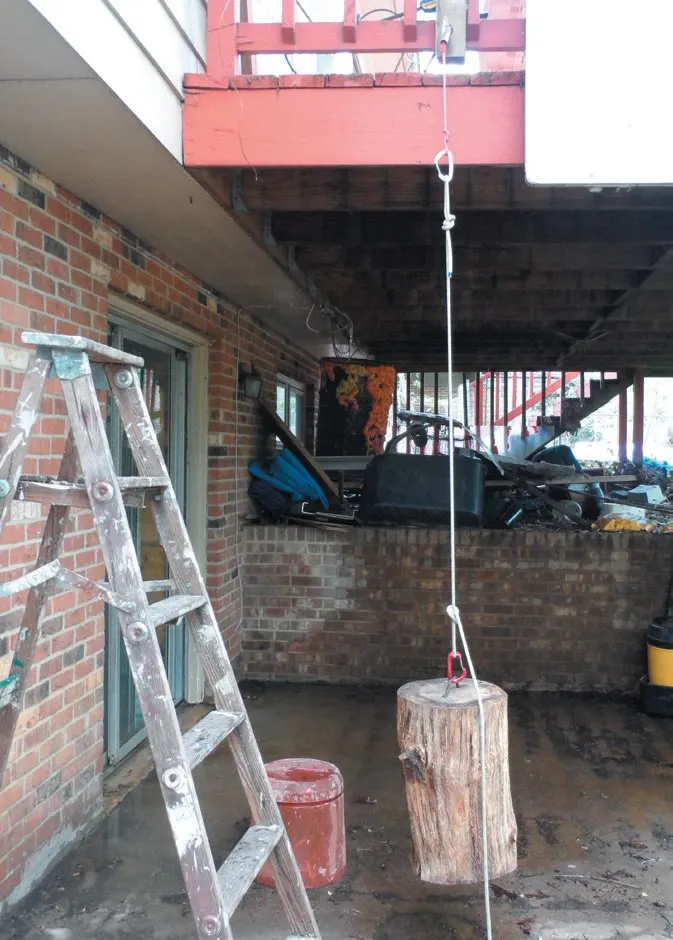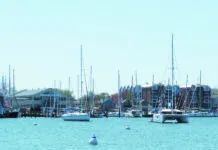Some Simple Tricks to Tensioning Lashings
We've seen both turnbuckles and lashing, on matching boats nearly side by side. Why the difference in approach, since both designers are obviously comfortable...
Anchoring in Crowded Harbors
Stagger while you anchor? It sounds like Ive either been drinking too much or sailing too long. Bear with me.
It's not easy to see...
Sailboat Accessory Hooks
Boats are always challenged by limited storage space. Many production boats share two common features: they have lockers that are either bottomless or wet...
The DIY Hanger Hook
It was a given that anything added to the cockpit locker of our F-24 test boat had to be quickly removable. All of the...
Anchoring Legal Responsibility
We often get questions about anchoring rights. While it is commonly understood that the first boat arriving in an anchorage has privileges, many see...
Assessing the Anchor Kellet
One of all-chain rodes most popular features among cruising sailors has little to do with anchoring-and everything to do with stowing. With a well-designed...
Selecting the Right Anchor Size
Over the years Practical Sailor has conducted dozens of anchor tests, and like many publications, we've repeated the common guidance that cruising sailors should...
Fixing Laminate Sails Part II
If this were a follow-up article on polyester sail repair, we would have waited two years at least. Wed have added a few stitches...
Lightening Up the Sailing Load
Still trying to find a place to stow everything for that big summer cruise? Here are a few organizing accessories that we've found handy...
Marking Lines for Safe Sailing
Boats sail better when rode, docklines, running rigging, and sail control lines are properly adjusted, and many lines are easier to adjust if common...














































